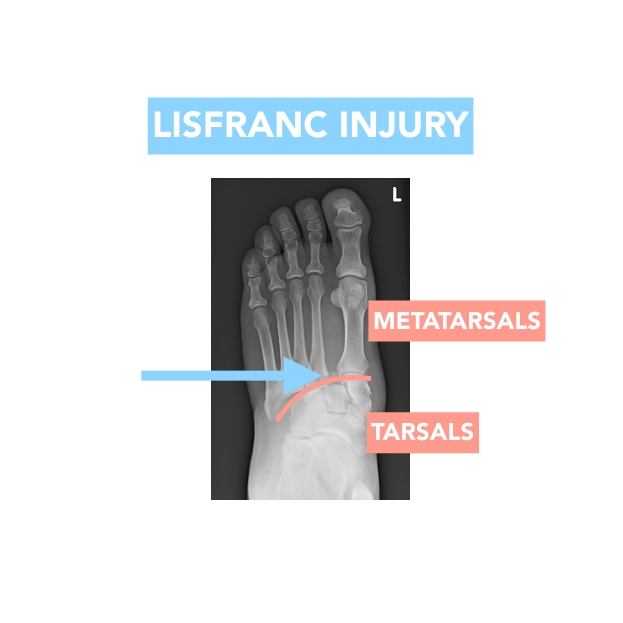Craig and Jason discuss their thoughts on Conor's fracture and the possible causes, Tommy Turbo's hamstring, the Quadrant of Doom for hamstring injuries and what you can be doing during the Sydney lockdown period to minimise injury.
Flow Know Episode 2 - Strength training to reduce injury risk in sport
Craig and Jason sat down this week to talk about why they place such a big emphasis on strength training for their clients and how they can help people bridge the gap to improve their function and performance in sport and life.
Source: Lauersen et al (2018) Strength training as superior, dose-dependent and safe prevention of acute and overuse sports injuries: a systematic review, qualitative analysis and meta-analysis
STRENGTH TRAINING FOR DECREASING INJURY RISK - FLOW KNOWS
Craig from Flow Physio Co Sutherland talks to us about a recent study that looked at the effects of strength training on injury risk. Read on for more.
Strength training programs as a whole reduced the likelihood of injury by 66% (Lauersen et al 2018)
A recent meta-analysis of 6 studies with a combined total of 7739 participants aged from 12-40 published in the BJSM looked at strengthening intervention on injury risk.
It was found that strength training programs as a whole reduced the likelihood of injury by 66% with 95% certainty!
It was also found that the longer programs provided the most favourable results.
The programs had an average of 8 months with zero adverse effects reported.
Strength training appears to have a direct preventative effect for injuries of the hamstrings, ACL and anterior knee pain.
Take Home Messages:
This study obviously indicates the benefits of implementing a strengthening program for all athletes and weekend warriors regardless of age or sport
Consistency over time provides the greatest benefits
Strength training is safe
Appropriate dosage and progression is important
Reference: Lauersen JB, Andersen TE, Andersen LB. Strength training as superior, dose-dependent and safe prevention of acute and overuse sports injuries: a systematic review, qualitative analysis and meta-analysis Br J Sports Med 2018;52:1557-1563.
Lisfranc Injuries
What does a French surgeon and gynaecologist have to do with this week's Flow Knows?
Well you would have heard his name thrown around a fair bit since Collingwood's Daniel Wells, sustained a left Lisfranc injury that required surgery in round 12.
The Lisfranc joint refers to the joints at the base of the five metatarsals and the articulations with the tarsal bones in the foot.
Injuries can range from ligament sprains to complete tears with differing degrees of separation and displacement.
The 2 main mechanisms of injury are a direct crush force to the midfoot, or an indirect force.
The indirect mechanisms usually occurs from a fall backward with the foot trapped, a longitudinal compression or a fall on the point of the toes.
Clients typically present with difficulty weight-bearing, running and walking on toes after an acute mechanism or injury.
It's important to note, that while Lisfranc injuries are uncommon in the general population, they are the second most common foot injury in athletes and require a high amount of clinical suspiscion in presentations where midfoot pain lasts greater than 5 days. This is due to the disastrous consequences if left untreated.
Treatment will depend on the severity and amount of instability present. In lower grade injuries, with no separation, conservative management with a period of non-weightbearing in a CAM boot can be recommended. For higher grade injuries with instability and separation, a surgical approach is usually favoured.


